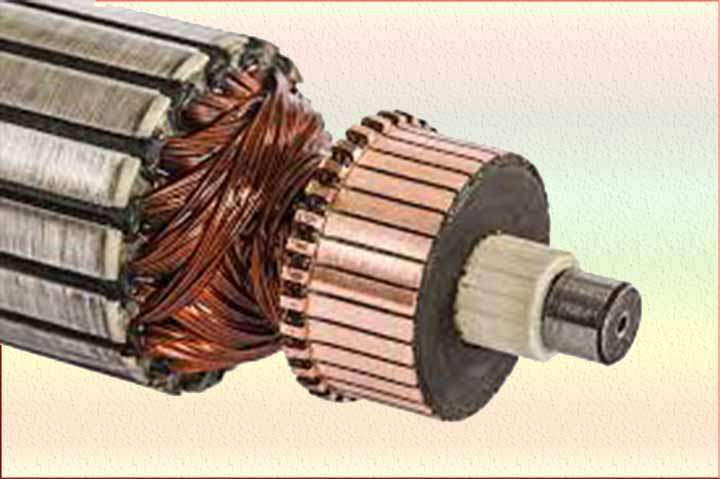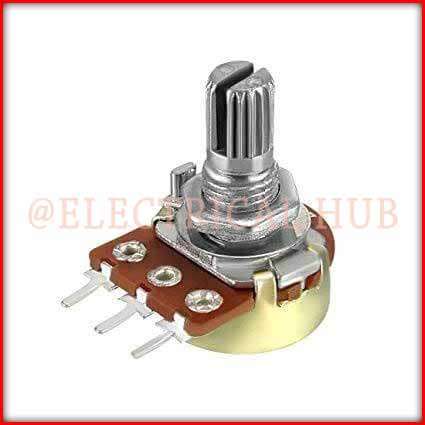Understanding Wall Receptacle Outlets: Key Guidelines from Section 210.52(A)(1)
When it comes to the installation of wall receptacle outlets in residential areas, understanding the requirements set out by the National Electrical Code (NEC) is crucial for ensuring both safety and convenience. One important section to be aware of is Section 210.52(A)(1), which outlines how and where to place receptacles in a dwelling unit.

Wall Receptacle Outlet Placement: A Closer Look at Section 210.52(A)(1)
This section of the NEC specifically addresses how to determine the proper placement of receptacle outlets within a room. It provides a simple yet effective guideline: every wall in a room must have a receptacle placed within 6 feet of any door opening, and the maximum spacing between outlets should not exceed 12 feet.
Measuring from the Door Opening
One common misconception is that the distance for measuring is taken from the door itself, rather than the door opening. As per the guidelines, you should always measure from the door opening when determining the distance to the nearest receptacle. This ensures that no matter where you place furniture or equipment, you’ll always have easy access to a plug.
The 6-Foot Rule: Why It Matters
Receptacles must be installed within 6 feet of any door opening. This is important for both safety and convenience, ensuring that outlets are always accessible from common entry points within a room. This rule also applies to the space behind a door—meaning that even if a door swings open, the area behind the door must also comply with the 6-foot rule.
The Importance of 12-Foot Intervals
Beyond the 6-foot rule, Section 210.52(A)(1) stipulates that receptacles must be installed at 12-foot intervals around the room. This spacing ensures that no matter where you place furniture or appliances, you’ll always have an accessible outlet. It’s a simple but effective way to minimize the need for extension cords and maintain a tidy, functional living space.
Special Considerations for TV Placement
For areas like living rooms or dens, where electronic devices like TVs are commonly placed, it’s crucial to ensure that there is a receptacle outlet specifically dedicated to powering these devices. While the NEC sets out minimum requirements, homeowners often choose to install additional outlets for convenience, such as near TV units. Remember that you need to be within 6 feet of a plug, so always plan accordingly when setting up your TV area.
Key Considerations: When the Wall Space Changes
It’s also important to account for any structural changes in the room that might affect outlet placement. For instance, if a closet wall is more than 2 feet away from another, the NEC requires a receptacle in that area as well. This ensures that even areas with minimal space are adequately covered, preventing any potential inconvenience for the homeowner.
The Role of Floor Receptacles
Sometimes, receptacles may need to be placed near the floor, as long as they are within 18 inches of the wall. These can serve as additional outlets, especially in areas where wall space is limited. Floor receptacles are permissible as long as they meet the necessary code requirements, providing flexibility in the room’s layout.
Final Thoughts: Meeting the NEC Requirements
In conclusion, Section 210.52(A)(1) of the NEC plays a vital role in ensuring that wall receptacles are installed in a way that maximizes both safety and functionality. By following these guidelines—placing outlets within 6 feet of door openings, ensuring 12-foot intervals between receptacles, and considering additional outlets for TVs and other appliances—you can create a well-designed space that meets code requirements and enhances convenience.
Proper outlet placement is key not only for aesthetics but also for the electrical safety of the dwelling. Always make sure to consult the NEC guidelines, as they are designed to help electricians and homeowners alike create safe, efficient, and code-compliant electrical installations.
By ensuring you follow these simple guidelines, you can guarantee that all wall receptacle outlets in your dwelling meet the standards required by Section 210.52(A)(1) of the NEC.
#WallReceptacleOutlets, #ElectricalCodes, #Section21052A1, #HomeWiring, #ElectricalSafety, #ReceptacleOutlets, #ElectricalInstallation, #BuildingCodes, #ElectricalStandards, #WiringRegulations, #OutletPlacement, #ElectricalDesign, #HomeImprovement, #ElectricalCodeCompliance, #CodeCompliance






